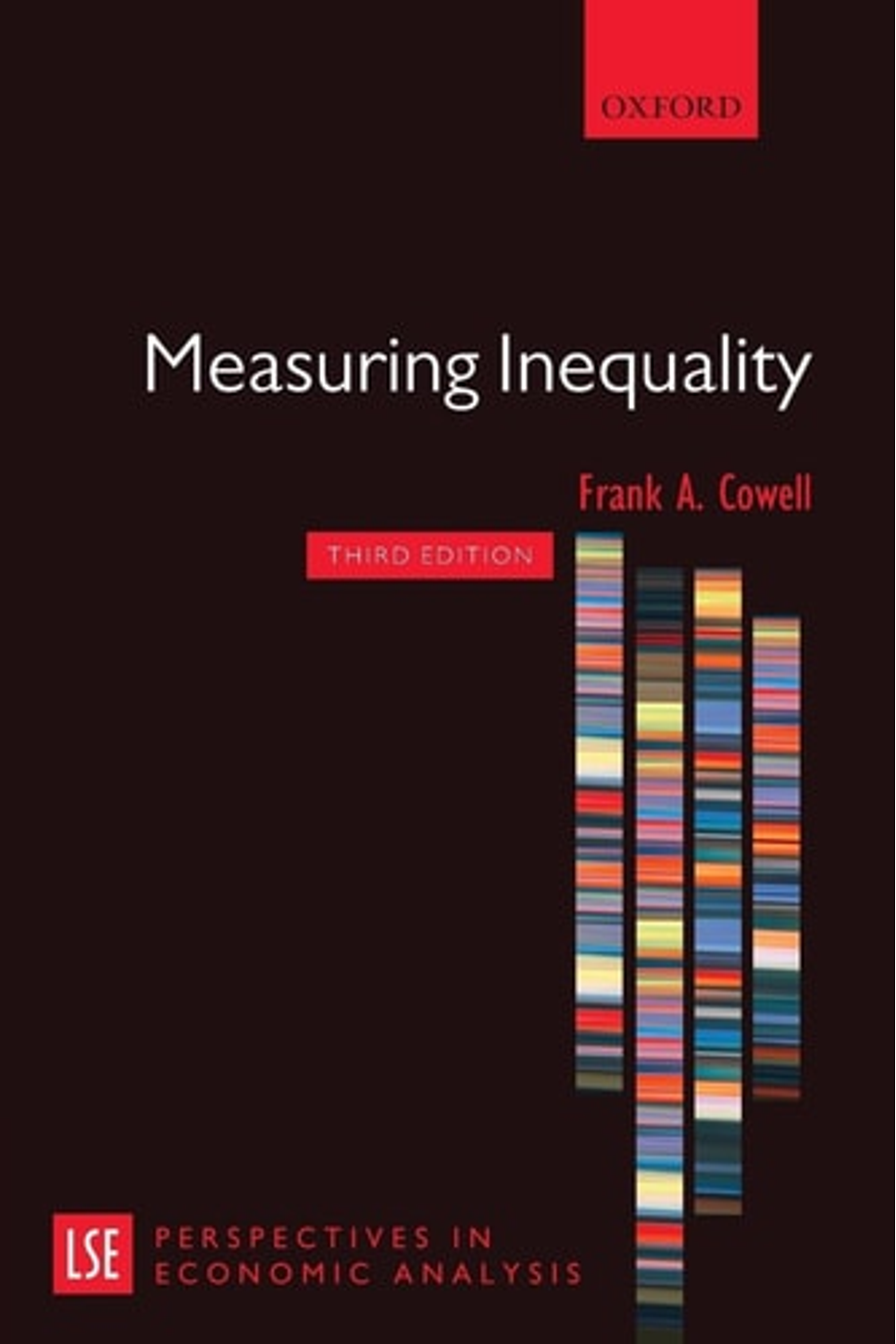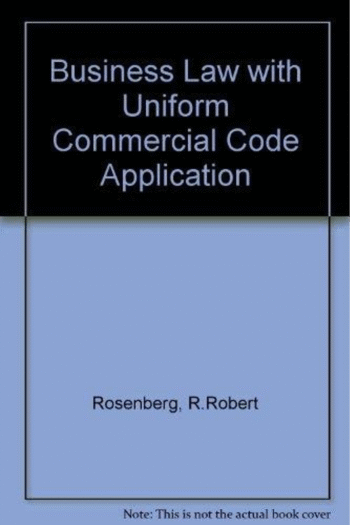Explore the multifaceted world of economic inequality with Frank Cowell’s “Measuring Inequality (London School of Economics Perspectives in Economic Analysis),” now in its meticulously updated 3rd edition. Published by Oxford University Press, this essential resource provides a robust framework for understanding and quantifying disparities in wealth and income. Cowell, a leading expert in the field, delves into the core principles of inequality measurement, linking them to broader concepts in welfare economics and distributional analysis. The book goes beyond simple metrics like the Gini coefficient, offering a nuanced exploration of various measurement techniques and their underlying assumptions. What sets this book apart is its emphasis on practical application. Through real-world examples and readily available online resources, readers gain hands-on experience in analyzing inequality data and interpreting results. Designed for students, academics, and policy professionals alike, “Measuring Inequality” offers a rigorous yet accessible treatment of a critical topic. Discover how different methodologies impact our understanding of inequality and equip yourself with the tools to critically evaluate policy interventions aimed at fostering a more equitable society. Uncover the complexities of income distribution, wealth concentration, and social mobility with this indispensable guide.
Measuring Inequality (London School of Economics Perspectives in Economic Analysis)
19,13 $
In stock
What do we mean by inequality comparisons? If the rich just get richer and the poor get poorer, the answer might seem easy. But what if the income distribution changes in a complicated way? Can we use mathematical or statistical techniques to simplify the comparison problem in a way that has economic meaning? What does it mean to measure inequality? Is it similar to National Income? Or a price index? Is it enough just to work out the Gini coefficient?
Measuring Inequality tackles these questions and examines the underlying principles of inequality measurement and its relation to welfare economics, distributional analysis, and information theory. The book covers modern theoretical developments in inequality analysis, as well as showing how the way we think about inequality today has been shaped by classic contributions in economics and related disciplines. Formal results and detailed literature discussion are provided in two appendices. The principal points are illustrated in the main text, using examples from US and UK data, as well as other data sources, and associated web materials provide hands-on learning.
Measuring Inequality is designed to appeal to both undergraduate and post-graduate students, and academic economists. Its emphasis on practical application means that it will also be useful to policy analysts and advisors.
| Authors | |
|---|---|
| Binding | |
| Condition | |
| ISBN-10 | 019959404X |
| ISBN-13 | 9780199594047 |
| Language | |
| Pages | 256 |
| Publisher | |
| Year published | |
| Weight | 398 |
| Edition | 3rd ed. |
- Additional information
- Currencies
- USD – United States dollar
- EUR – Euro
- GBP – Pound sterling
- CNY – Chinese yuan
- BRL – Brazilian real
- MXN – Mexican peso
- JPY – Japanese yen
- PHP – Philippine peso
- THB – Thai baht
- PLN – Polish złoty
- CAD – Canadian dollar
- MYR – Malaysian ringgit
- AUD – Australian dollar
- TWD – New Taiwan dollar
- CZK – Czech koruna
- SEK – Swedish krona
- HUF – Hungarian forint
- ILS – Israeli new shekel
- CHF – Swiss franc
- HKD – Hong Kong dollar
- DKK – Danish krone
- SGD – Singapore dollar
- NOK – Norwegian krone
- NZD – New Zealand dollar





